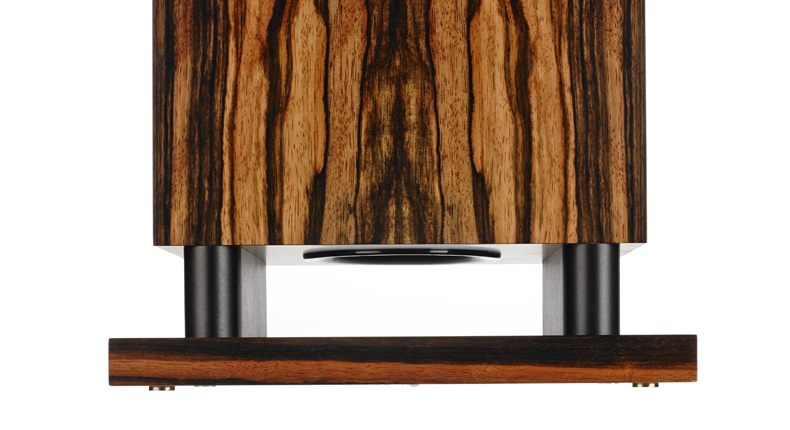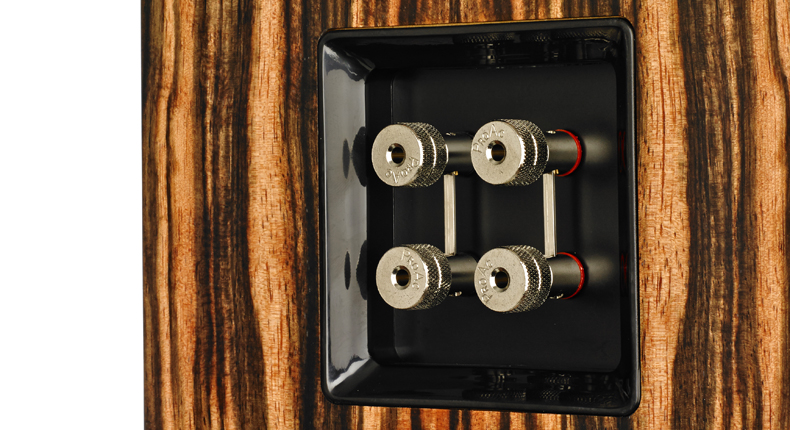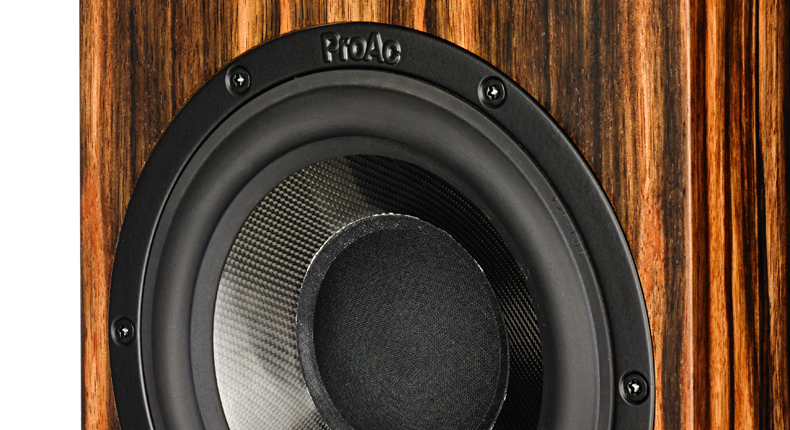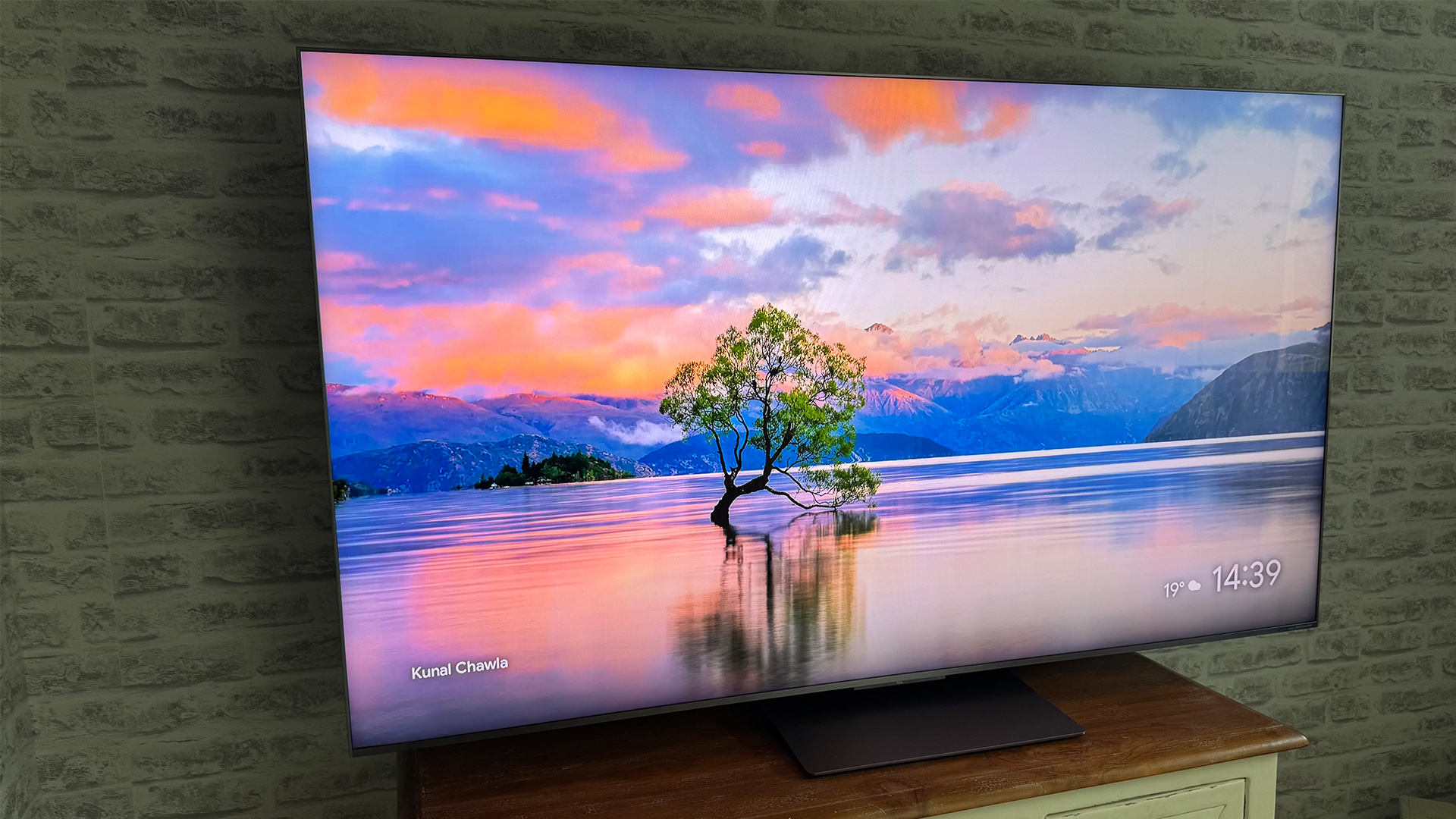What Hi-Fi? Verdict
The Response D30Rs reinforce ProAc’s excellent reputation for producing high-quality speakers. They’re a great buy
Pros
- +
Dynamic, insightful and subtle sound
- +
Excellent midrange
- +
Controlled low-frequency performance
- +
Terrific build and finish
Cons
- -
Need care with system matching
Why you can trust What Hi-Fi?
ProAc’s Response D30Rs are easy speakers to underestimate. They’re decently large two-way floorstanders that come in a traditional wooden box and are bass loaded by a reflex port.
Nothing unusual there, and certainly nothing that indicates these speakers are going to be anything special. But as always with hi-fi it’s all about the detail – and it’s here ProAc’s considerable engineering skill shines through.
Build quality

Let’s start with build quality. We’ve reviewed a number of ProAc’s Response speakers over the years and have always been impressed by the way they’ve been made.
It’s fair to say these floorstanders reinforce that fine tradition. Their cabinets feel solid with crisp (but not sharp) edges giving the impression of proper craftsmanship.
The Ebony veneer on our review sample (a hefty £950 extra, as is the Rosewood option) is immaculate and is applied with obvious care. Standard finishes include black ash, mahogany, cherry and maple.
Whichever option you pick, we think you will still end up with a smart, but relatively low-key speaker.
Design

Take a look at the drive units and it’s the ribbon tweeter that draws our attention. It’s the same unit as the one we admired in the larger (and pricier) Response D40Rs - reviewed in May 2013.
The latest hi-fi, home cinema and tech news, reviews, buying advice and deals, direct to your inbox.
There’s the option to buy the D30 with a standard soft dome unit saving in the region of £250-£300 depending on cabinet finish, but we wouldn’t. The 60mm x 10mm ribbon adds a degree of sparkle to the performance that makes its inclusion vital.
Below the off-set tweeter is a carefully developed 16.5-cm carbon fibre mid/bass driver.
On the surface this looks pretty much the same as the unit used in the D40R but it’s heavily revised with the cone and its damping optimised for the D30’s revised crossover frequency and smaller cabinet volume.

This mid/bass is augmented by a downward firing port in an arrangement we’ve seen before with other Response floorstanders.
It’s a carefully conceived design that makes the speakers less fussy about their placement in a room than most of the alternatives.
We think the ’30s still shine brightest in free space with a touch of angle towards the listening position, but the downward port (that fires straight onto the base plinth with the sound exiting from openings on the side) works well.
Performance

Once up and running we’re really impressed by these ProAcs. They’re lively yet subtle with it. We start off with something low key – Bruce Springsteen’s Terry’s Song – and the D30Rs are right at home.
Bruce’s vocals are delivered with real passion and the minimalist instrumental backdrop rendered with skill. This recording is quite hard and coarse, and these ProAcs don’t try to hide that. But equally they don’t try and make a meal of things either.
If used in a well-matched system - we used our reference Naim NDS/555PS streamer, Bryston BP26/4B SST2 amplifier combination – the results stays on the right side of acceptability with all bar the most aggressive of recordings.
The integration between the drivers – usually a ProAc strength – is spot-on here too. This gives a wonderfully expressive and full-bodied midrange that has no trouble delivering vocals in a convincing and fluid way.
Even on a recording as basic as this it’s apparent that the D30R are unusually transparent. They dig up an awful lot of information and manage to organise in a natural and structured way.
Our respect for these floorstanders grows further when we play Orff’s Carmina Burana. We’re impressed by their handling of wide ranging dynamics and composure during the quite brutal crescendos; these ProAcs never sound messy, keeping a firm grip of low-level strands even when things get busy.
They’re agile too; though never trade in too much weight or authority for that agility, as some rivals can. The D30R are perfectly able to communicate the natural richness in recordings when required.
If you take care with positioning (and the rest of your system is suitably capable, of course), you’ll get excellent stereo imaging.
These ProAcs deliver a beautifully layered soundstage packed with superbly focused images. The presentation extends well beyond the outer edges of the speakers too, if everything is properly optimised. Such ability isn’t common.
We try one of our favourite bass torture tracks next – Hans Zimmer’s Like a Dog Chasing Cars from the Dark Knight OST – and these towers take it all in stride.

They don’t quite have the low-end reach, volume capability or dynamic punch of their bigger brothers, but considering that they have just one mid/bass driver (rather than the D40R’s two) and significantly less cabinet that’s no surprise.
Let’s not forget they cost around £1400 less too. What they do produce at low frequencies is still impressively controlled. It’s punchy and fast, and most importantly of all tuneful.
There’s a good amount of weight here too, but it’s still the control that impresses most. You can add good rhythmic ability to the Response D30Rs list of plus points too.
They’re not quite as adept in this respect as Tannoy’s Definition DC10Ts, lacking a little of the pricier speaker’s hard-charging nature. But then again, the Tannoys don’t have the ProAc’s midrange quality either.
The important thing is that the D30Rs convey the drive and changes in pace of music well. They certainly didn’t leave us feeling short changed in either respect.
Verdict
These ProAcs are fine speakers. They’re superb all-rounders that work well across all genres of music. Feed them a quality signal, position them with care and we’re sure you’ll be pleased.
MORE: Best buys hi-fi speakers
MORE: Awards 2013 – all the winners
What Hi-Fi?, founded in 1976, is the world's leading independent guide to buying and owning hi-fi and home entertainment products. Our comprehensive tests help you buy the very best for your money, with our advice sections giving you step-by-step information on how to get even more from your music and movies. Everything is tested by our dedicated team of in-house reviewers in our custom-built test rooms in London, Reading and Bath. Our coveted five-star rating and Awards are recognised all over the world as the ultimate seal of approval, so you can buy with absolute confidence.


